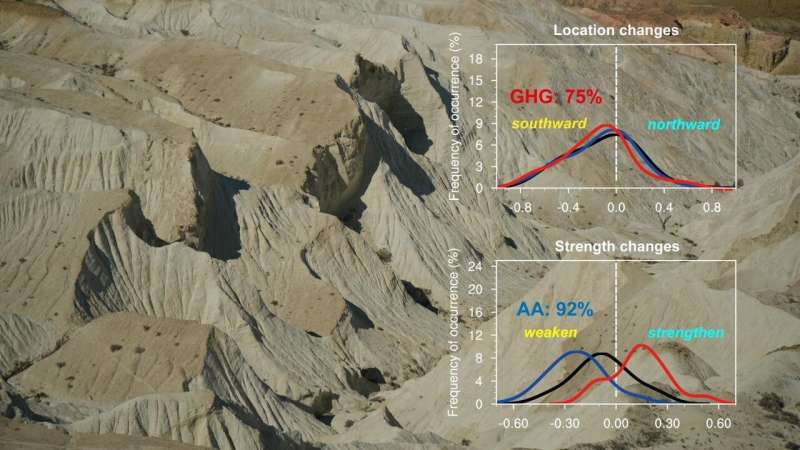Human-induced drying trend in Central Asia since the 1950s

The economies of northern Central Asia rely heavily on agriculture and are particularly affected by changes in the local hydrological cycle. However, this region is one of the largest dryland regions in the Northern Hemisphere and is facing a crisis of water resources shortage in recent decades. One example is the rapid desiccation and salinization of the Aral Sea. While the construction of dams, diversion of waterways and wasting of water have been blamed for the shortage, how climate change has influenced regional water resources remains unknown.
In a recently published research article in Geophysical Research Letters (drying trend over northern Central Asia), Jie Jiang and Tianjun Zhou from the Institute of Atmospheric Physics, Chinese Academy of Sciences, highlighted the impacts of human activities on the fragile Central Asian ecosystem by influencing the key atmospheric circulation and local hydrological cycle.
The researchers found that the crisis of water resources shortage in northern Central Asia also resulted from the drying trend since the 1950s. The decreasing rainfall trend is associated with the southward shift and weakening of the subtropical westerly jet. "The subtropical westerly jet is one of the important circulation systems in Eurasia and is closely linked to summer precipitation over NCA at different time scales," Jiang explained.
To identify and isolate the contributions of greenhouse gases, anthropogenic aerosols and natural forcings (including solar activity and volcanic aerosols) on the changes in SWJ and Central Asian precipitation, the researchers adopted the multimodel simulations of 10 models from the Detection and Attribution Model Intercomparison Project.
They demonstrated that the enhanced emission of greenhouse gases can contribute to an equatorial shift of the subtropical westerly jet, while increased Asian pollution and reduced European aerosol emissions can result in a weakened jet, both of which favor the descending motion and drying trend over northern Central Asia in summer since the 1950s.
"Our results show that human-induced emissions of greenhouse gases and aerosols in other regions of the world can also impact Central Asian precipitation and water resources by modulating the key atmospheric circulation," Jiang said.
More information: Jie Jiang et al, Human‐Induced Rainfall Reduction in Drought‐Prone Northern Central Asia, Geophysical Research Letters (2021). DOI: 10.1029/2020GL092156
Journal information: Geophysical Research Letters
Provided by Chinese Academy of Sciences




















